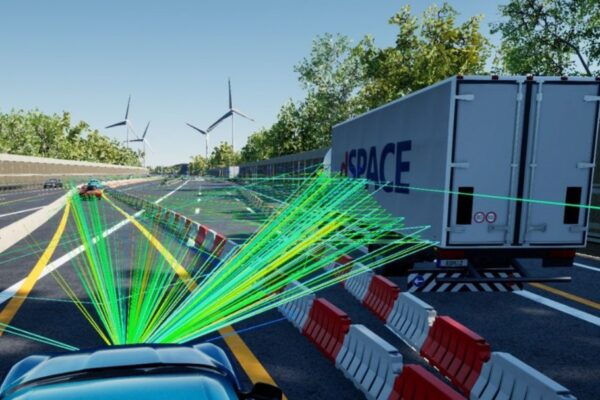In the development of semiconductor chips, time-to-market is an important factor – whoever gets a chip to market first can determine the price. To bring radar technologies for highly automated and self-driving cars to market faster, NXP now wants to work even more closely with the development tool manufacturer dSpace. Specifically, the aim is to generate and validate synthetic radar raw data for future sensor technologies and thus accelerate the development process.
Radar technologies have become the basis of many advanced driver assistance systems (ADAS) and autonomous driving applications. To meet the development needs of sensors for these increasingly demanding applications, its radar chips are continuously evolving and adding new features. Simulations are used to accelerate development and validate the new functions. As a key component, dSpace is contributing its Aurelion software for sensor-realistic simulation to the cooperation, thus expanding its radar raw data generation to enable future chip functions to be developed and tested by simulation. The quality of the radar raw data will be evaluated and validated together with NXP using the new chip functions.
“The earlier sensor validation starts in the development process, the sooner our customers can put safe cars on the road with new functions for autonomous driving,” explains Caius Seiger, Product Manager Sensor Simulation at dSpace.
NXP uses the synthetic radar data generated by dSpace to develop system solutions for corner, front and image radar sensors. This data is of great use for the validation of integrated radar circuits (ICs) and the development of new concepts that enable a higher level of driving safety and automation. One application example is the use of the Aurelion software to generate radar sensor data for testing and developing algorithms for autonomous driving.



Leave a comment